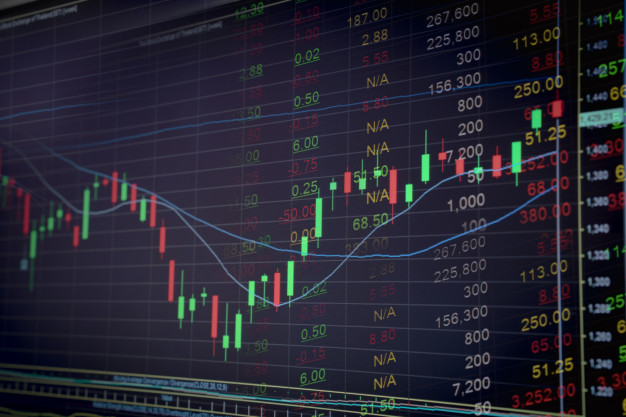Thanks to technology’s proliferation, people can now make sound investment decisions like never before. Now they can do more than just market trading through brokerage firms and can opt for alternative methods. One of the most popular mediums is CFD trading.
CFD trading platforms were first launched in Romania, but only a few handfuls of traders were active. But with time, many people have expressed their interest in CFD trading and made sound profits.
Here are six things to know and consider before going on a CFD Trading spree:
What are CFDs exactly?
CFDs stand for Contracts for Difference, implying worthy tradable instruments that encapsulate the components within them along with their movement and direction. Traders do not have to actually own the asset since the underlying components could include commodity, share, or currency. This CFD is a contract that is established between two parties to settle between the opening price and closing price of the said instrument.
Traders can thus make investments speculating on where their assets will go without buying those assets. They can sell them though at the appropriate time. The contract includes the trader’s prediction of gain or loss in value. The investor earns or loses money if their prediction turns out to be correct or incorrect.
Which are the Most Commonly Traded Assets under CFD?
CFDs include tradable assets like market shares, indexes, currencies, and even commodities. Nowadays, CFDs largely consist of oil and gold as the most popular commodities. CFDs consist of all kinds of investable assets for trading and could be featured on good CFD platforms.
Check for Trader Sentiment
CFD trading platforms sometimes allow traders to check out the “sentiment” of other traders and trading activity. It is certainly not possible to gauge sentiment in ordinary investments, but the prominent commodities being traded rely on readily available data that indicate “buyers” and “sellers.” These clues indicate where the asset is headed.
Buying vs. Selling
Traders could be buyers or sellers in CFD trading. The CFD could include “buy” or “sell” orders too. One could issue buy orders if one expects the asset to go up in the allotted time or sell orders if a drop in the asset is expected. Both scenarios will yield profits if you are correct irrespective of the gain or loss in asset value.
Higher Leverage of Trading CFDs
Trading CFDs provide better leverage compared to normal share trading. The leverage on offer by brokers could stem from a staggeringly low 0.20% margin requirement. This fact implies that the traders can allocate less capital to fulfill low margin requirements with higher potential returns. Increased leverage, though, could lead to huge potential losses too.
An array of Trading Opportunities
CFD trading allows investors with a plethora of trading options that consist of stocks, currencies, commodities, and the like. Market sentiment could swing trading costs drastically, mirroring the price of security within the asset. Equity CFDs would imply positive dividend adjustments on long positions. On short positions, though, a negative dividend adjustment is bound to happen.
Bonus Point: Beware of High Market Volatility
CFD Traders need to realize that the underlying components of the assets could fluctuate drastically, affected by global financial markets that could lead to high market volatility. The CFD product prices could move from one price to another without stopping, and order execution in the interim could prove difficult. Stop-loss orders usually get affected by the volatility, and their execution at unfavorable prices does often happens in various trading circles.










